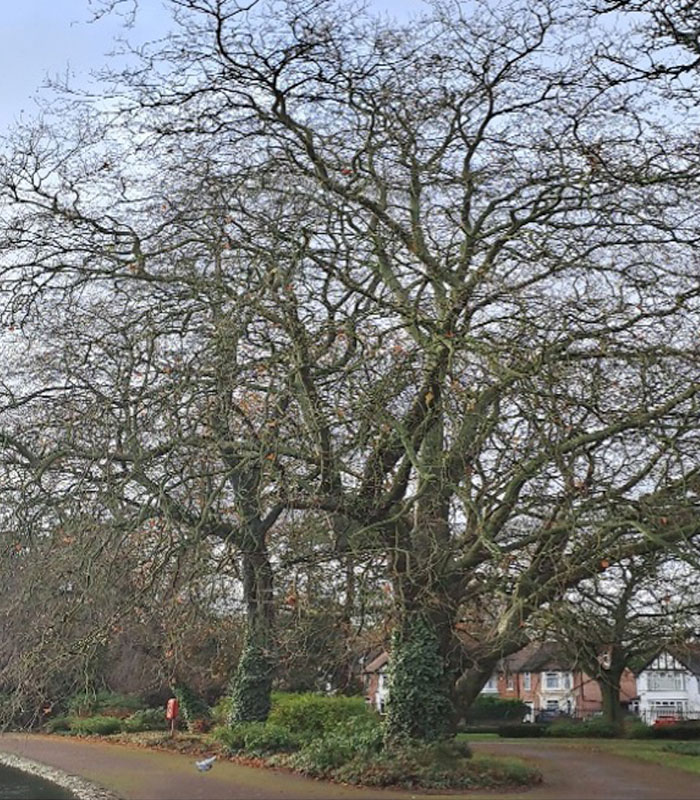
Botanical Name: Platanus x hispanica
Common Name: London Plane
A hybrid of the Oriental and American Plane introduced into Britain in the 17th Century. These trees were probably planted when the park was built in 1880. It is much planted in urban areas as it is tolerant of air pollution and poor growing conditions.
Is a hybrid between Platanus orientalis (oriental plane) and Platanus occidentalis (American sycamore). Here's a brief overview of its origins and history:
The London Plane tree's history is tied to human efforts to create a hybrid with favourable characteristics for urban landscapes, making it a common and recognisable tree in many cities today.
20685